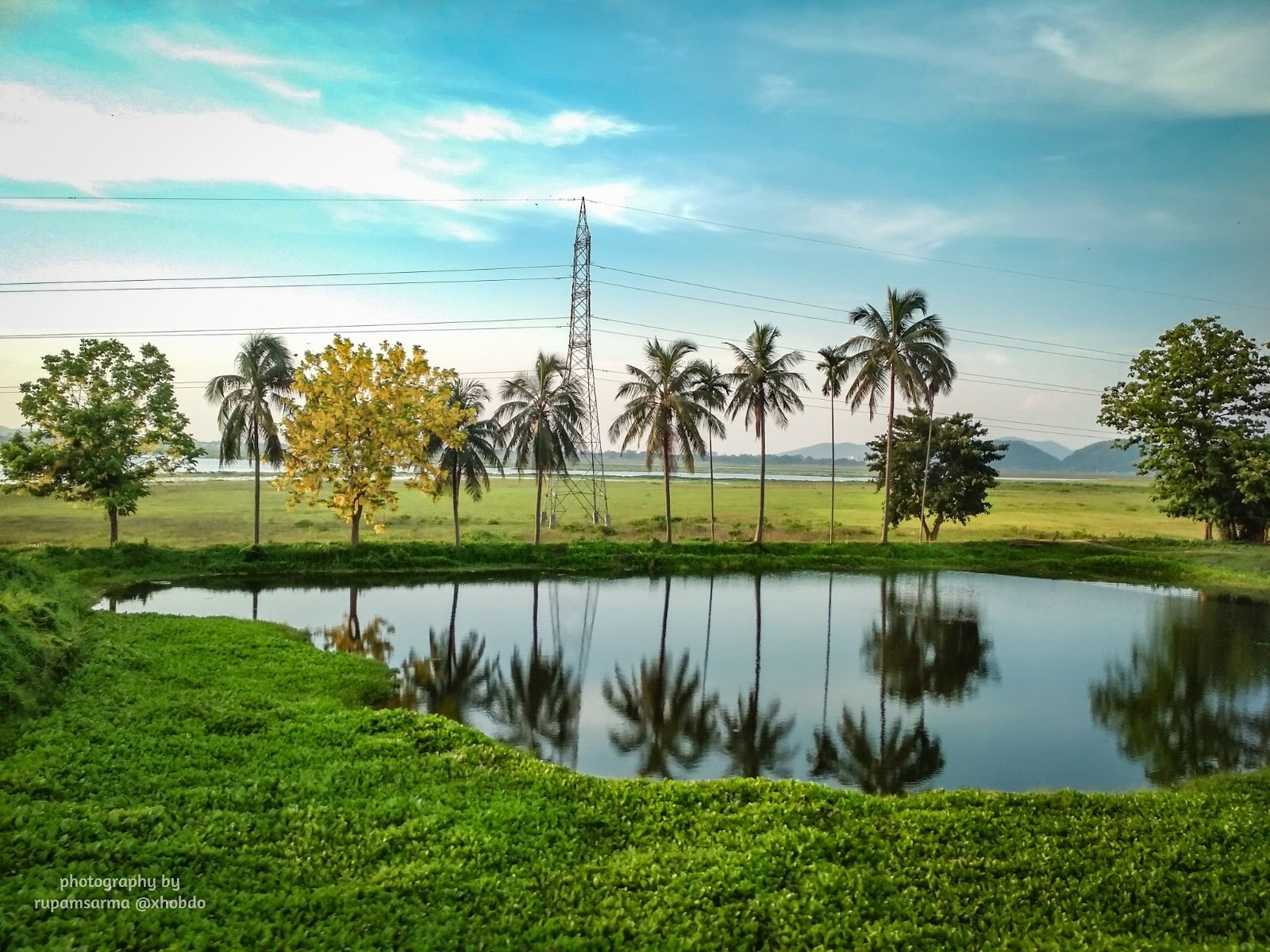Located in the Kamrup district of Assam, 18 km southwest of Guwahati city, Dipor Bil (also spelt Deepor Beel) is a freshwater lake in the former channel of the Brahmaputra river. Sprawling over a vast area of 40 sq. km, the lake was declared as a Bird Sanctuary in 1989 owing to its rich biodiversity and heritage. Home to a vast variety of exotic bird species, Dipor Bil is a major tourist attraction of Assam. Well known for its pristine beauty and biodiversity, the area offers a spectacular view of the fascinating wetland and rich forest ecosystem. As many as 19000 different species of rare and endangered birds can be seen every day at the spot, which draws tourists in hordes from far and wide. In 2002, Ramsar Convention listed it as a Ramsar site due to its vast variety of flora and fauna and its wetland characteristic. Winter season is the best time to visit the spot as the weather conditions attract hibernating birds from far west and south countries. Considering the density and diversity of breeds flocking the place annually, Birdlife International has also declared it as Important Bird Area (IBA) and adequate measures are taken to preserve the rich culture and environs. Dipor Bil boasts of an enormous variety of flora and fauna, rich biodiversity and varied wildlife. The lakeside has divergent species of plants- water hyacinths, water lilies, aquatic grasses, marshy lands and vegetation patches. As per research 18 varieties of phytoplanktons have been found at the site. Also, rare plants like Euryale Ferox, potamogeton crispus etc have been spotted. Needless to mention, Dipor Bil is a proud abode of a sweeping number of very rare and endangered birds. Harbouring close to 19000 birds on a single day basis, the lake is a dwelling of approx 220 bird species out of which 70 are migratory. Some endangered birds found here include Spot Billed Pelican, Lesser Adjutant Stork, White Bellied Eagle, Siberian Crane etc. A total of 20 amphibians, 12 lizards, 18 snakes, 6 turtle and tortoise species have been listed here. Considering the aforementioned factors, the area attracts a lot of researchers, students and wildlife photographers other than the regular tourists.
Our Flying Friends
Our Sceneric Beauty
